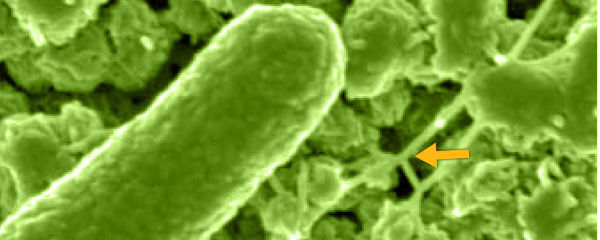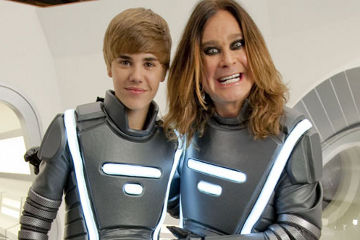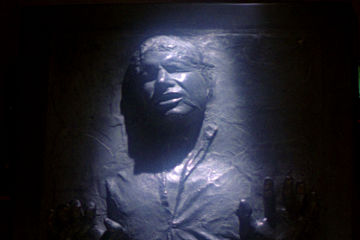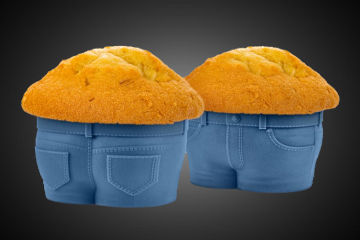What I’ve Learned:
“Gravity: what goes up… gets pretty complicated on the way down.”
Gravity is a bitch. This is true for absent-minded skydivers jumping without their parachutes. But it’s also true for theoretical physicists. Because gravity doesn’t make much sense, and it doesn’t care who gets splatted on the ground trying to figure it out.
Gravity seems like it should easy. Everyone feels the pull of gravity — some of us more than we used to, and on body parts that have themselves “splatted” in shameful, horrifying ways. Discovering what’s underneath all that planetary tugging seems like a no-brainer.
But it is a brainer. A very big-brainer, actually.
Scientists recognize gravity as one of four fundamental forces of nature — and frankly, all four are pretty screwy. There’s the strong nuclear force, which may be mighty — but only works at scales smaller than atomic nuclei, so it’s also really tiny and sad. It’s the Rudy of universal forces.
Then there’s the weak nuclear force, which… I don’t know, holds the atoms of weak things together, maybe? Like that skinny kid in gym class, and Ikea furniture, and the Cleveland Browns. I’m just spitballing here.
Then there’s the electromagnetic force. Electromagnetism gives us light to see, radio waves to hear and microwaves to nuke our frozen burritos. It’s everywhere, and moves at the speed of light. Literally, because it is light, and various other wavelengths.
For all these forces, physicists have discovered corresponding elementary particles. Photons, for instance, which mediate the interaction of electric charges. The photons themselves are a pain to nail down — today they’re particles, tomorrow they’re waves — but at least we’ve found them. Likewise, particles called gluons carry the strong nuclear force, and W and Z bosons carry the weak force. It gets pretty complicated, but everything lines up and can all be explained by quantum mechanics.
Until you get to gravity. Because gravity is a bitch.
First of all, no one’s ever observed a particle — or wave, or aura, or Magic freaking 8-Ball — that carries gravitational force. There’s a predicted one, called a “graviton”, but we won’t be seeing those in a lab any time soon, because practical reasons.
(One estimate holds that we could detect one graviton every ten years, if we had a one hundred percent efficient detector the size of Jupiter. Which we don’t. And it only works if we put it near a neutron star, which we can’t. Also, it has to be shielded from cosmic neutrinos, which requires so much extra matter it would fall into itself and form a black hole. Which is bad.
In other words, gravitons are essentially undetectable. Eat your heart out, Higgs boson.)
We do have a shot at detecting gravitational waves, “ripples” in spacetime made up of many gravitons (if they exist) and produced by various astronomical objects. Some such waves may have been produced soon after the Big Bang, and may tell us something about the early origins of the universe. But we haven’t confirmed any discoveries yet, and interference from various electromagnetic sources on Earth make reliable detection tricky. (Stupid delicious microwave burritos.)
The other issue — theoretical gravitons or no — is you can’t jam the equations dealing with gravity into quantum physics. When you try, you wind up with infinities over here and irreconcilable differences over there and everything goes to hell. You might as well try getting Katie Holmes back together with Tom Cruise. It’s not gonna happen.
That leaves gravity as the “odd force out” — and mathematically speaking, completely separate from the rest of the universe. All sorts of strategies have been devised to pull this crazy loner back into the fold, including string theory, superstring theory and loop quantum gravity. So far, nothing (testable) has worked.
So if you’re planning to prank someone by getting them to jump out of a plane without a ‘chute, you’ve got a fair chance of convincing them gravity doesn’t really exist at all. Bonus if they’re a physicist working on quantum gravity — because at this point, they’ll probably want to jump.







